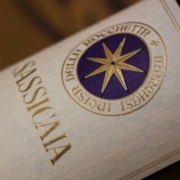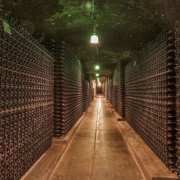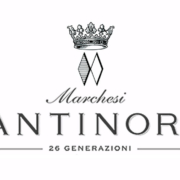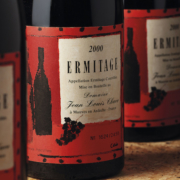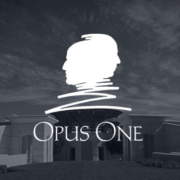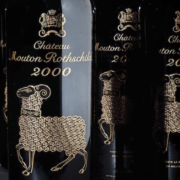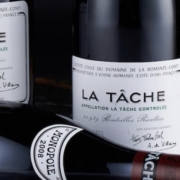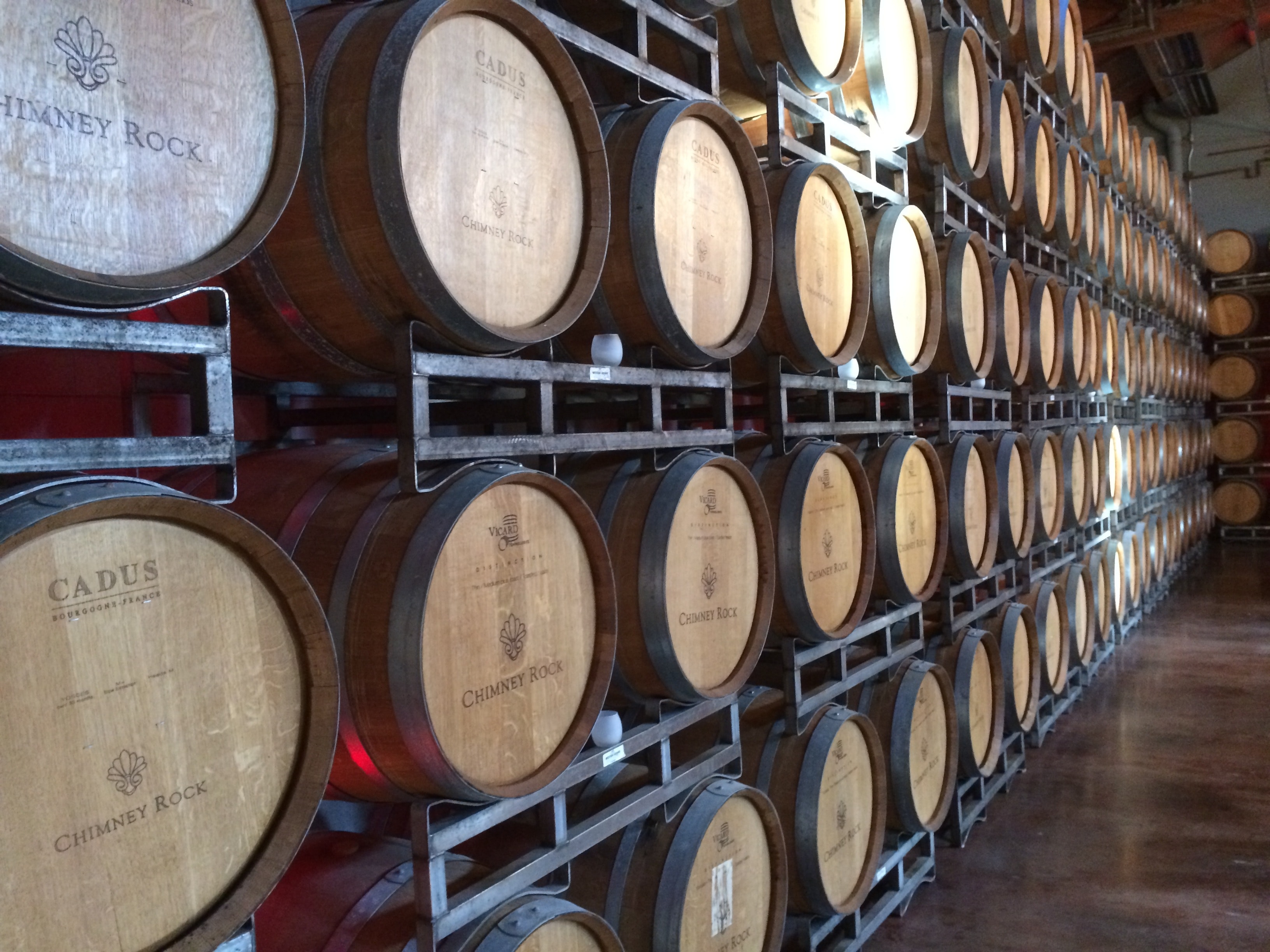According to the 2018 Knight Frank Wealth Report wine investments rose by 192% in the last decade.
When thinking about investing, most people only think about stocks, shares and other traditional services provided by banking and financial institutions. However, other types of investment are becoming increasingly more popular - cars, watches, art and wine are also investment options to invest your money and increase your profit.
Stocks are a well-known investment vehicle but due to high volatility you could lose your entire investment, as demonstrated during the 2007 financial crisis. Hence investing in stocks can be quite a high-risk choice. It demands in-depth research prior to each investment that will cost you more than a couple of hours, on top of the ongoing portfolio management. In addition, another disadvantage is that you will be competing with professionals such as Institutional Investors and professional traders that probably have a greater knowledge and more sophisticated tools and resources at their disposal. You should also bear in mind that if the company you chose to invest in goes bankrupt, stockholders are the last to be paid, in other words you will probably have to wait some time to receive your money, if it does happen.
On the other hand, investing in alternative solutions could offer more stability and profit. As mentioned before, classic cars, vintage watches, art as well as fine wine are all alternative options to stocks. According to Knight Frank’s Luxury Investment Index from 2018(i) and 2019(ii), alternative or “passion” investments such as fine art, classic cars, watches, rare whisky and fine wine have been showing very strong growth in the last decade. Investments in wine has been as lucrative as art over both the last year, showing a growth of 9%. When compared to classic cars and watches, wine also showed better performance: 7% higher than cars and 4% higher than watches. However, rare whisky was the market leader last year showing 40% in annual growth. The Knight Frank Rare Whisky 100 Index (KFRW100), which contains 100 bottles of the world’s most desirable rare Scotch whisky and tracks UK auction prices, increased by almost 40% through 2018.
Taking a closer look at the fine wine investment market, according to Knight Frank’s Luxury Investment Index from 2018(iii), wine investments rose by 192% in the last decade and the most lucrative brands in this market have been rising in value since 2016 by 165% according to The Telegraph(iv). Demand for top Burgundies is stronger than ever, driven by the scant quantities produced in recent vintages. Sotheby’s October 2018 sale saw a single bottle of La Romanée-Conti 1945 fetch US$558,000(v). The sale highlighted the level of premium that the market is prepared to pay for impeccable provenance. Considered as a passion investment, it could become a lucrative hobby and more pleasurable to manage than traditional investments. Wine investment can also offer further advantages, such as
Low Levels of Risk and Stable Returns: It has been proven that when investing in wine, the returns are consistently higher when compared to traditional investments such as stocks, shares and commodities. The wine market has also been showing less volatility, as well offering comparatively lower levels of risk.
Physical Asset that Improves with Age: Fine Wines get better over time. This is another great characteristic of investing in fine wine. Your investment will not only improve with age but should consequently also rise in value. In addition, you have the possibility of investing in a particular vintage to mark a special occasion, such as the birth of a child or grandchild, wedding anniversaries or other landmark occasions.
A Tax Efficient Market: The tax efficiency of investing in wine is another great advantage that makes it even more attractive to invest in. Investing in wine doesn’t attract Capital Gains Tax since it is considered a wasting asset. You can also avoid paying VAT and Duty by storing your wine in a bonded warehouse. The Capital Gains Tax exemption is for UK residents and will depend on your tax status, for more detailed information we suggest you consult your tax advisor.
Positive Supply and Demand Correlation: Bordeaux and Burgundy are regarded as the blue-chip element of the fine wine market. Due to tight controls and limited vineyard space, the quantity of wine produced by the best Chateaux is strictly limited. On the other hand, demand for these attractive wines continues to grow and tends to outweigh supply. This is a major driving force of the market and naturally pushes values upwards, which benefits investors.
Financial Securities: Your investment portfolio should have a mix of high-risk/reward and low risk/reward in order to minimize the overall risk of financial loss. Fine Wine investments are a perfect vehicle to diversify and protect against movements in traditional financial markets.
Support to Increase Your Knowledge: We provide a wealth of information and support to help create, monitor and manage your fine wine portfolio. In addition to our blog, we also provide up to date market information through a private online client portal and regular newsletters. You will have all the support needed to expand your wine market knowledge as well as your profits.
These are just some of the benefits you can enjoy when investing in fine wine. Apart from the obvious financial benefits, it is also a fun and exciting form of investment. For more information about the wine market contact us directly and follow us on Instagram, Twitter and Facebook.
If you are considering investing in fine wine the team here at Cult and Boutique are available to help on +44 20 8948 9430 with all you need to know about this market. For more information request our free wine investment guide.
[i] https://content.knightfrank.com/resources/knightfrank.com/wealthreport2018/the-wealth-report-2018.pdf
[ii] https://content.knightfrank.com/resources/knightfrank.com/wealthreport/2019/the-wealth-report-2019.pdf
[iii] https://content.knightfrank.com/resources/knightfrank.com/wealthreport2018/the-wealth-report-2018.pdf
[iv] https://www.bizepic.com/2019/01/07/is-fine-wine-still-a-worthwhile-investment/
[v] https://content.knightfrank.com/resources/knightfrank.com/wealthreport/2019/the-wealth-report-2019.pdf



